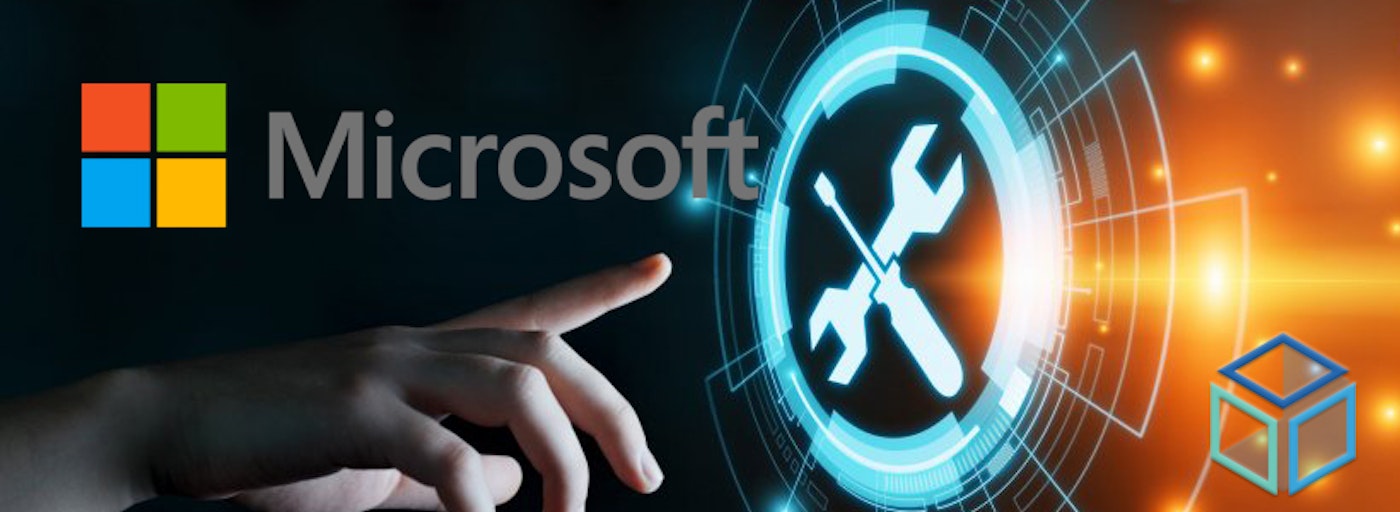Microsoft continues to push IT departments to upgrade existing servers, by announcing end-of-support (EoS) for Windows Server and SQL Server 2008 / 2008 R2. IT departments utilizing said servers run the risk of exposing their organizations business applications to security threats if no action is taken. These potential security breaches could lead to a lasting negative impact, both financially and to the overall branding of the organization.
So, what strategies are available for IT departments to utilize when looking upgrade their Windows and SQL servers? Windows Server 2008 / 2008 R2 runs EoS January 14, 2020 and SQL Server went EoS since July 2019. For customers not able either server upgraded by the deadline, new options help protect applications and data during the upgrade transition.
Migrate Windows Server and SQL Server into Microsoft Azure
Running current versions of software enables IT departments to benefit from the latest security, performance, and innovation features, as well as regular security updates.
IT departments that cannot upgrade to the latest version before the deadline can rehost workloads in Azure and get three years of Extended Security Updates at no additional charge. In addition, IT gains more time to modernize on their terms. Also, Azure has over 70 compliance certifications built into the platform.
IT end-users can utilize existing Windows Server and SQL Server licenses to save on Azure Virtual Machines and Azure SQL Database Managed Instance with the Azure Hybrid Benefit.
Stay On-Premise with Extended Security Updates
IT departments that cannot upgrade to the latest version before the deadline can get peace of mind by buying Extended Security Updates for servers running Windows Server or SQL Server 2008 and 2008 R2. The benefits of this strategy include:
- Gain more time to complete your upgrade process.
- Upgrade to an operating system and data platform designed specifically for hybrid datacenter scenarios: Windows Server 2016 and SQL Server 2017 editions.
- IT departments can buy Extended Security Updates for three years after end-of-support. Eligibility requires active Software Assurance or Subscription licenses under an Enterprise Agreement.
- IT departments pay for only the servers they need to cover annually, which enables them to reduce costs as they upgrade.
For more information regarding EoS Windows and SQL servers, please follow www.yourstrategic.com/contact-us to get in touch with one of our Solutions Specialists!
Share this Post

